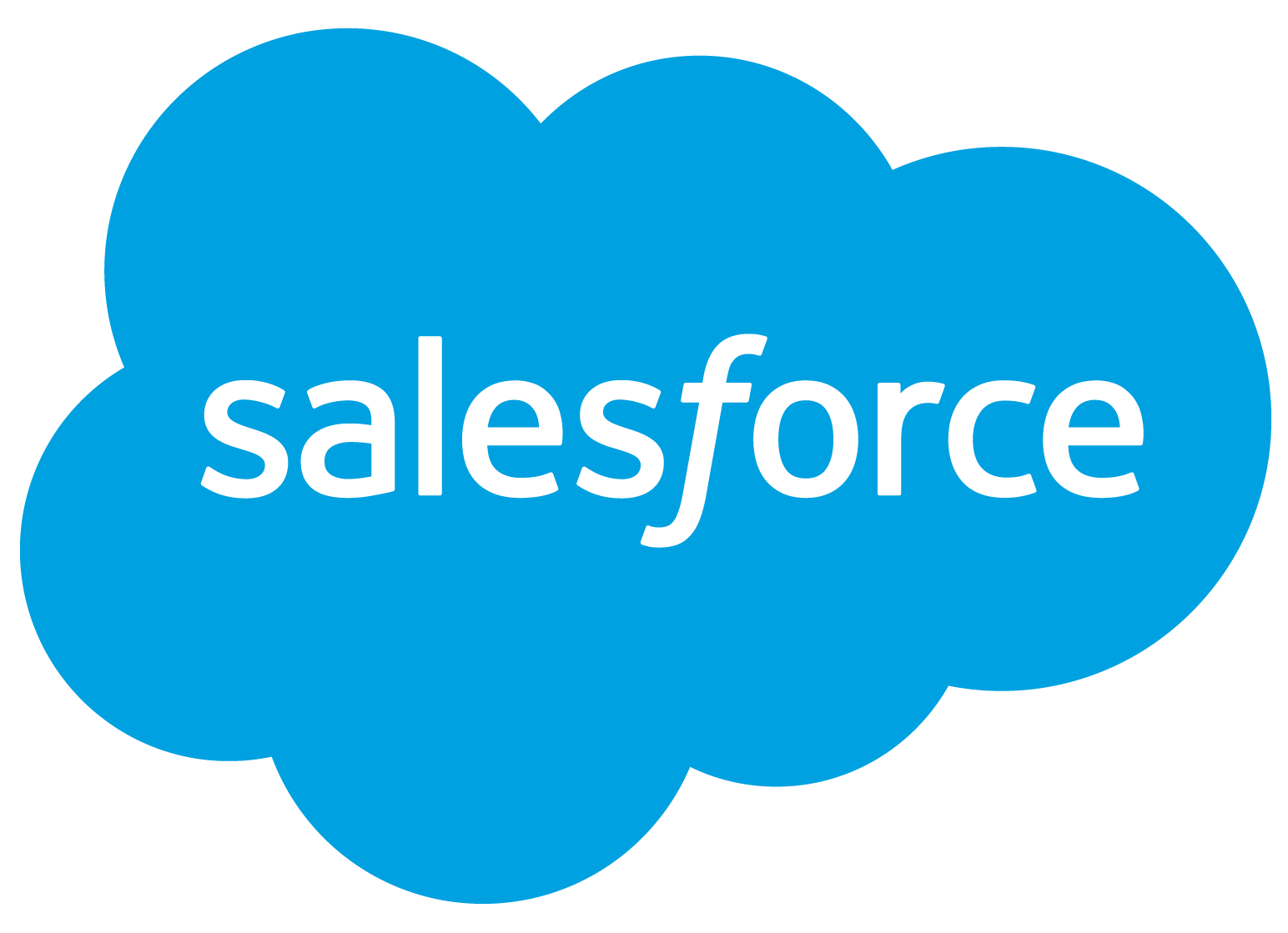- Alex M
- Case Study
- 0 Comments
Case Study #2: MemorialCare, Optimizing Clinic Operations
MemorialCare is an integrated healthcare system serving Orange and Los Angeles counties in California. It comprises four hospitals—Long Beach Medical Center, Miller Children’s & Women’s Hospital Long Beach, Orange Coast Medical Center, and Saddleback Medical Center—as well as two medical groups, imaging centers, surgical centers, and numerous outpatient facilities. With over 200 care locations and a team of more than 15,000 employees, affiliated physicians, and volunteers, MemorialCare is dedicated to providing high-quality, compassionate care across a broad spectrum of medical services.
Challenge: Enhancing Clinic Performance with a Tableau Operational Dashboard.
With hundreds of thousands of patient visits annually, MemorialCare faced growing complexity in managing operations across multiple clinical locations. The executive team recognized a pressing need to gain a unified, real-time view of key operational metrics across their clinics to support better decision-making and optimize both patient outcomes and resource use.
However, several critical challenges stood in the way:
- Lack of Real-Time Insights: Data from appointment logs, billing systems, and patient records was dispersed across various systems, making it difficult for clinic managers and operational leaders to generate timely, comprehensive reports.
- Inefficient Resource Utilization: Without reliable information on clinic visit volumes, visit types, and average visit durations, it was nearly impossible to accurately allocate resources such as staff, examination rooms, and equipment. This often led to understaffed locations during peak hours and overstaffing during off-peak periods.
- Inconsistent Patient Experience: Disparities in follow-up rates and variations in visit durations led to inconsistencies in patient care quality. MemorialCare’s leadership wanted to standardize care delivery and ensure a consistently high-quality experience for every patient, regardless of location.
- Insurance and Billing Complexity: MemorialCare serves a diverse patient base, including those under Workers Compensation, Employer Services, and other insurance types. Without clear visibility into insurance-related trends, it was difficult for financial teams to track revenue drivers and manage billing processes effectively.
The organization needed a solution that could break down data silos, provide actionable insights in real time, and support data-driven decisions at every level of the clinic network.
Solution: A Tableau-based Operational Dashboard
To address these challenges, MemorialCare implemented a Tableau-based Operational Dashboard—a centralized analytics platform designed to provide real-time visibility into clinic performance metrics. The project was guided by four main objectives:
- Centralize Data from disparate clinical systems.
- Improve Operational Efficiency with actionable, real-time metrics.
- Enhance Patient Care through better analysis of visit trends.
- Streamline Financial Insights via detailed insurance and billing breakdowns.
Step 1: Data Consolidation and Preparation
The first step was consolidating data from multiple sources, including electronic medical records, appointment scheduling systems, and billing software. Key actions included:
-
Data Integration:
Appointment logs, patient records, and billing information were merged into a single Tableau data source using secure pipelines. -
Standardization:
Names of clinics, visit types, and time intervals were standardized across all locations, ensuring data integrity and comparability. -
Security and Compliance:
To maintain HIPAA compliance, patient-identifiable data was encrypted and access-controlled throughout the project.
Step 2: Dashboard Design and Development
The Tableau dashboard was designed with users in mind—from clinic managers and physicians to financial analysts and senior leadership:
-
User-Centric Layout:
Key metrics were grouped into intuitive sections, including Visits Summary, Patient Summary, and Efficiency & Visits Volume. -
Interactive Visualizations:
Bar charts, line graphs, and pie charts helped visualize trends over time, such as monthly changes in patient volume or shifts in visit duration. -
Filters and Drill-Downs:
Users could filter data by clinic, doctor, time period, or visit type. This flexibility allowed for both macro-level insights and micro-level detail when needed.
Step 3: Implementation and Training
A phased rollout approach ensured that the dashboard met users’ evolving needs:
-
Pilot Rollout:
A limited group of operational leads and clinic managers tested the dashboard, offering early feedback. -
Iterative Refinement:
Based on user input, features were adjusted, metrics were clarified, and visualizations were fine-tuned. -
User Training:
Training sessions were conducted to teach staff how to navigate the dashboard, interpret key insights, and use the data to inform daily decisions.
Benefit: Maximized Management Strategy
The Tableau Operational Dashboard quickly became a vital tool in MemorialCare’s clinic management strategy, delivering tangible benefits across departments.
1. Operational Visibility & Efficiency
With all critical KPIs in one place, clinic managers could instantly assess performance:
- Visits Summary: Clinics could track daily and monthly totals for all visits, including breakdowns of new injuries and follow-ups.
- Efficiency Metrics: Average visit durations and wait times were monitored in real-time, helping staff adjust on the fly and improve throughput.
This level of visibility led to smarter scheduling, optimized room use, and better-aligned staffing—particularly during high-volume periods.
2. Trend Analysis & Performance Optimization
The ability to monitor trends over time empowered decision-makers to act proactively:
- Month-over-Month Growth: Managers could identify seasonal changes or the impact of operational adjustments.
- Visit Type Trends: Understanding the distribution of visit types (e.g., physicals vs. new injuries) helped in anticipating demand and modifying staffing models accordingly.
These insights helped improve clinical workflows and reduce bottlenecks.
3. Improved Financial Planning
The dashboard’s Insurance Insights module allowed finance teams to:
- Track the number of patients per insurance type.
- Monitor changes in patient volumes across Workers Comp, Employer Services, and private insurance categories.
- Anticipate billing complexity and revenue fluctuations based on real-time patient data.
This streamlined financial forecasting and billing processes while providing valuable input for payer negotiations and contract planning.
4. Better Patient Outcomes
By identifying inconsistencies in follow-up rates or visit durations, clinicians and administrators could implement targeted improvements. For example, a sudden dip in follow-ups at a particular location triggered a review, which revealed scheduling gaps due to a system error. With this insight, the issue was corrected promptly, improving continuity of care.
Conclusion:
By deploying a Tableau-based Operational Dashboard, MemorialCare achieved its goal of transforming raw data into meaningful insights. The dashboard not only centralized data from across the clinic network but also equipped stakeholders at every level with real-time visibility into critical operational and financial metrics.
The implementation helped:
- Eliminate data silos.
- Improve resource allocation.
- Standardize patient care delivery.
- Enhance billing accuracy and financial oversight.
Today, the dashboard continues to evolve as new metrics and user needs emerge. Most importantly, it has become an essential part of MemorialCare’s ongoing commitment to operational excellence, quality patient care, and data-driven decision-making.
Tools used









